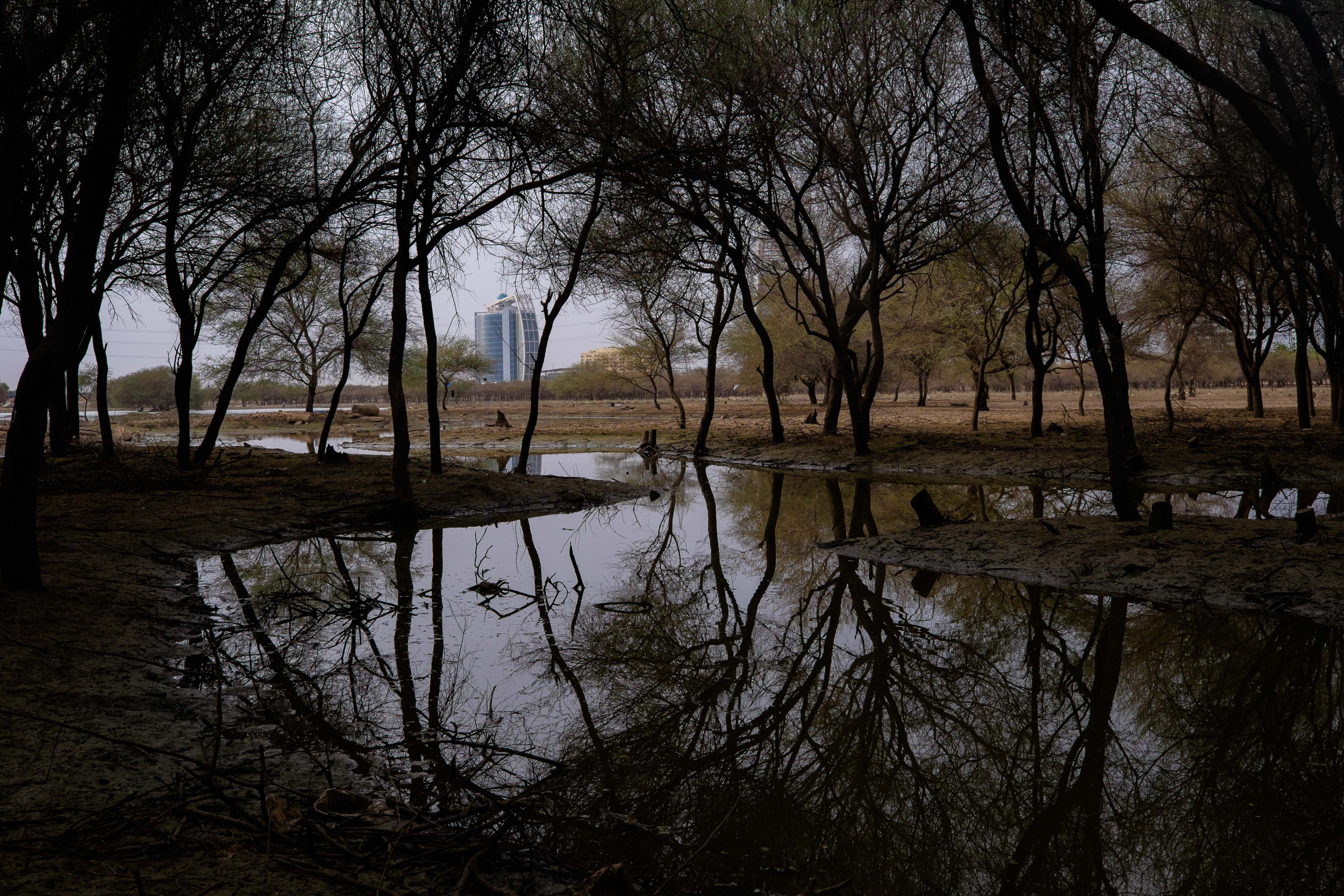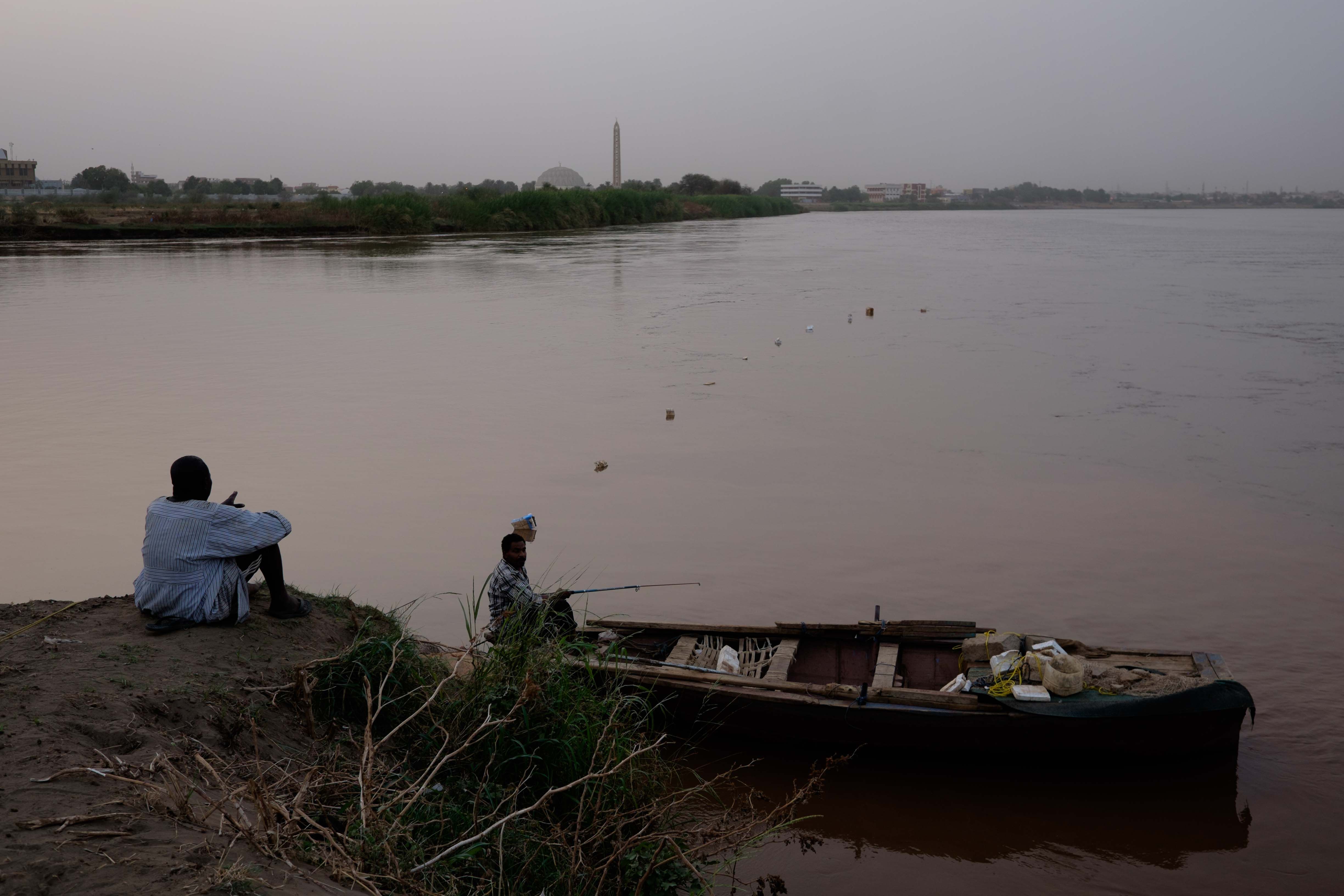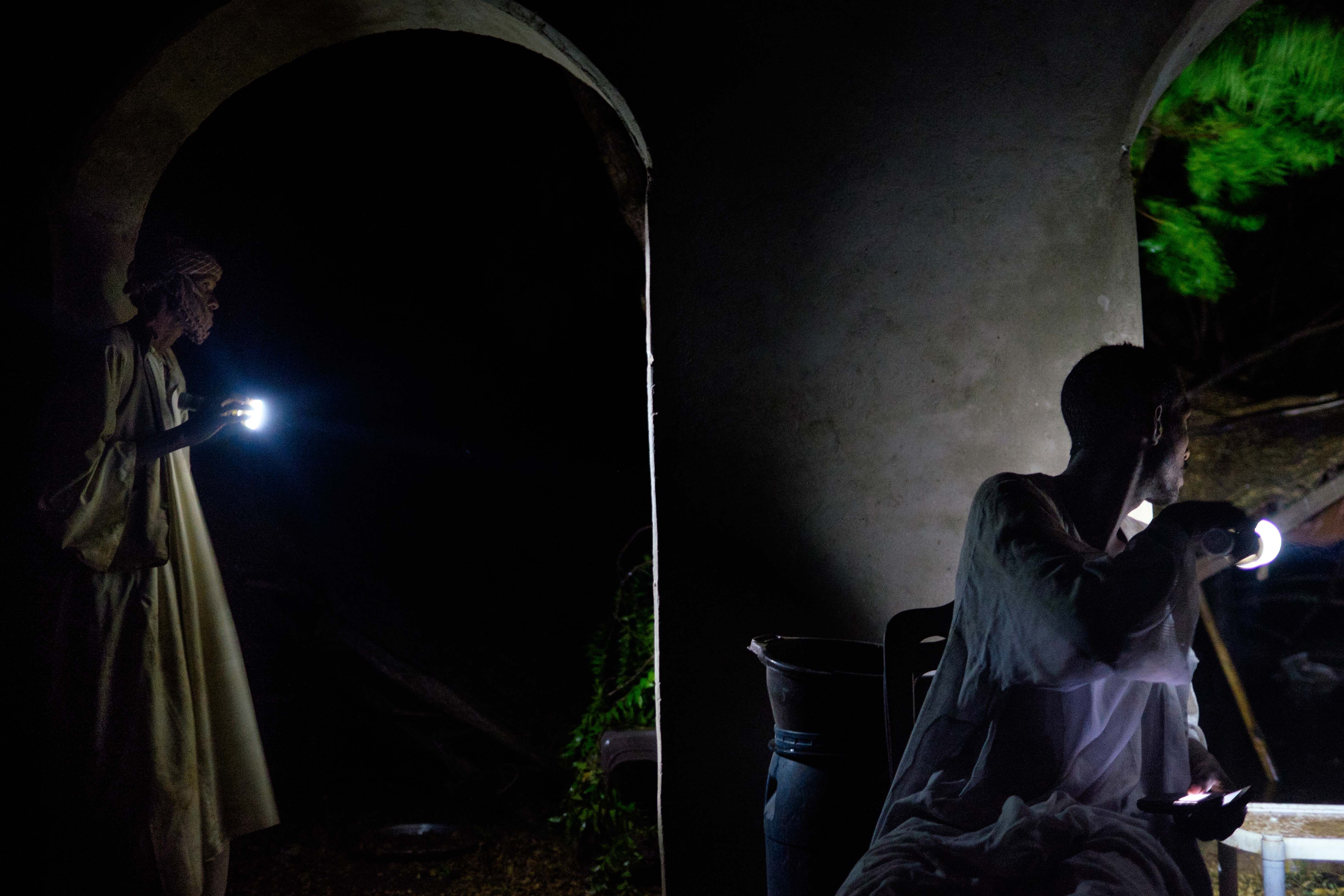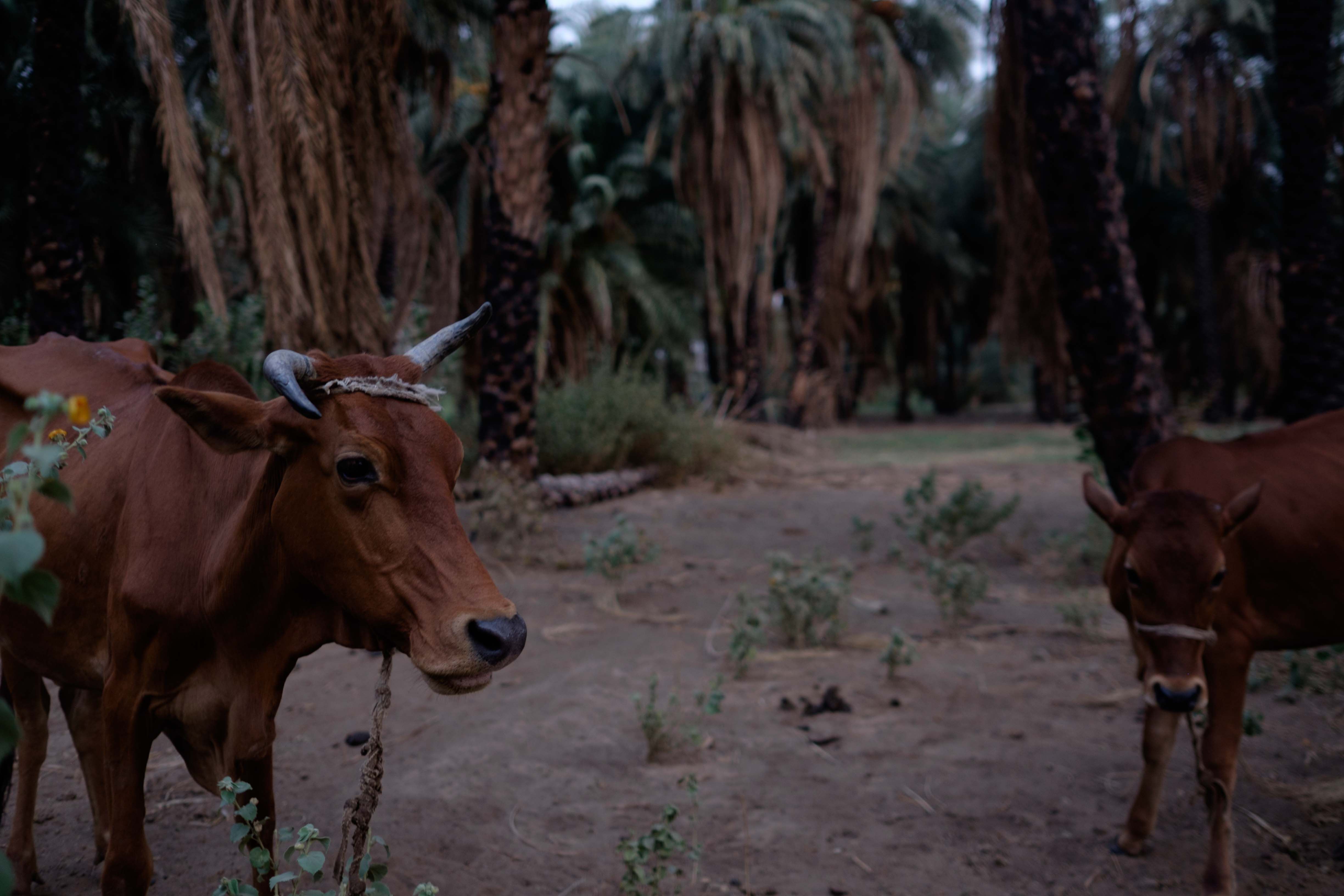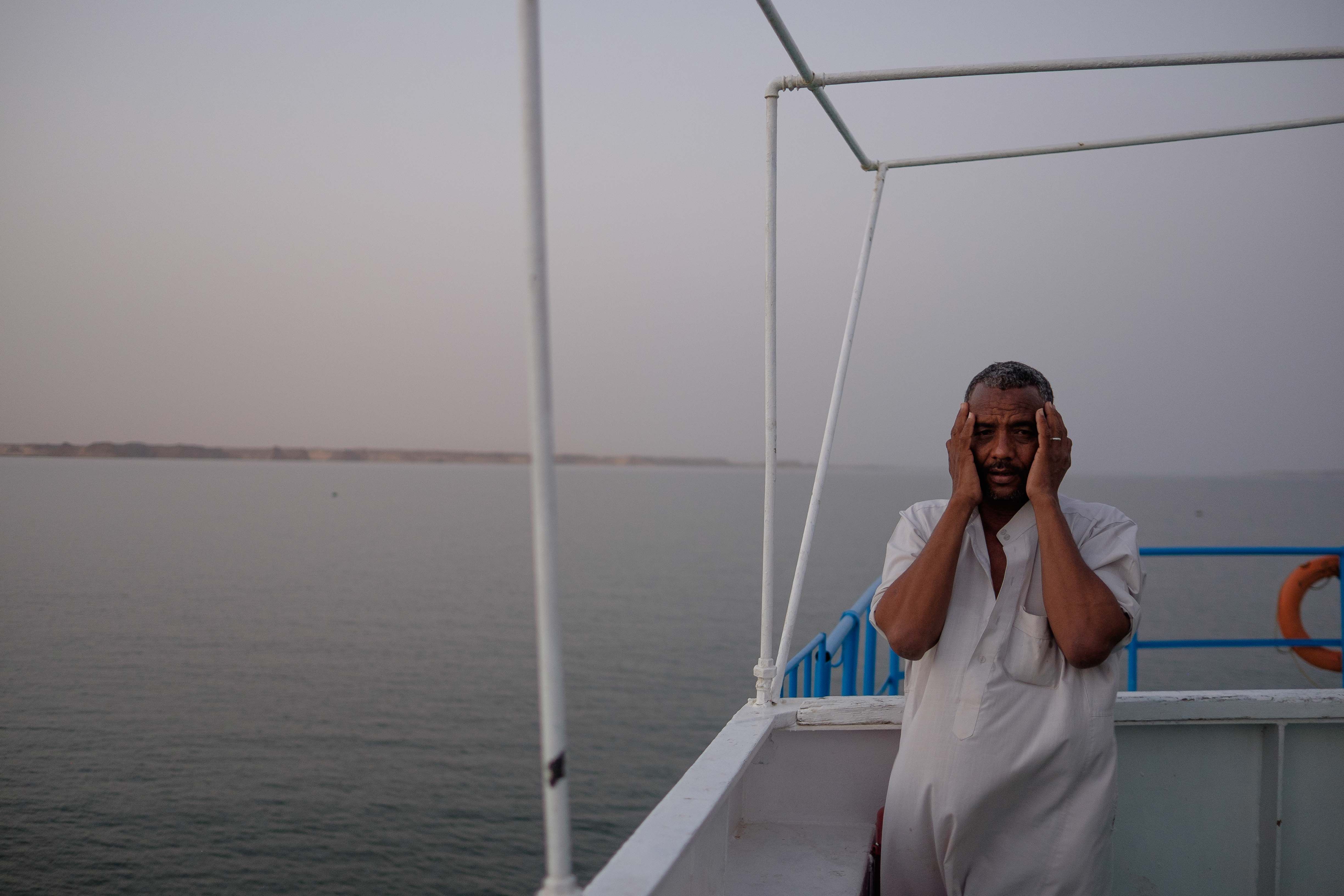Sudan is not immune to growing pains. In its capital Khartoum, built at the confluence of the Blue and White Nile, overpopulation puts pressure on the surrounding environment. As the city continues to expand and develop, swaths of forest and agricultural land are the notable victims to skyscrapers.
Downriver, farmers rely on the alluvial silt of the Nile to fertilize their crops, but the desert continues its relentless encroachment on the thin strips of green bookending the river. Massive infrastructure projects, like the Meroe Dam, have altered both the flow of the water and ecosystems. Future dam projects are likely to put agricultural land and archaeological sites underwater. Residents are also at the mercy of a changing climate, with droughts and storms becoming more intense.
As the quality of the water degrades alongside crop yields, it becomes clear the Nile is a river in crisis.
